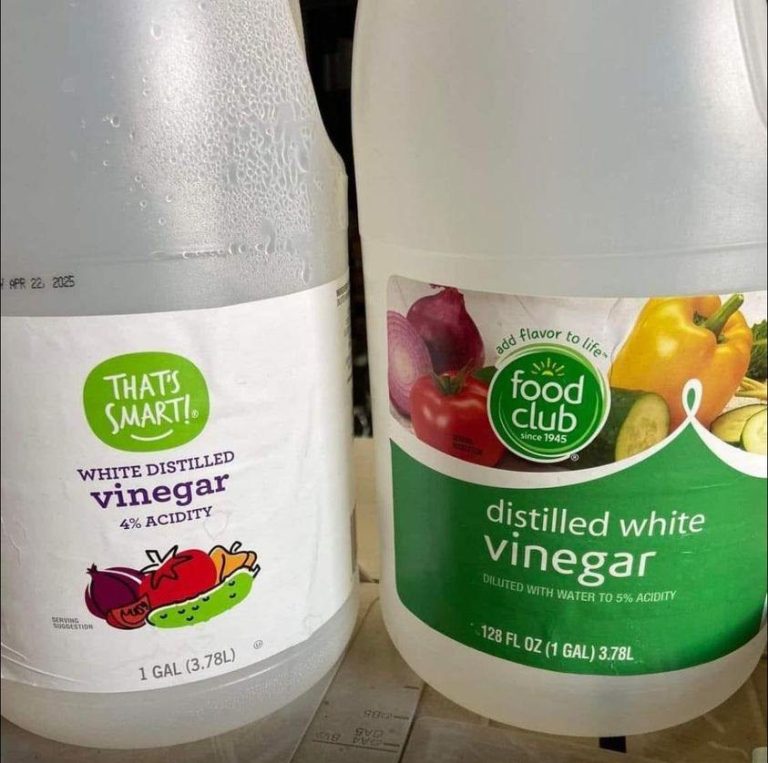Home canning is one of the most rewarding ways to preserve your garden harvest. Few things are more satisfying than opening a jar of crunchy pickles or colorful relishes in the middle of winter. But safe canning depends on one essential ingredient: vinegar. This year, a small but important change on store shelves has caught many home preservers by surprise—some brands are now selling vinegar at 4% acidity instead of the standard 5% acidity. While that may seem like a small difference, it makes a big impact on food safety.
The Role of Vinegar in Canning
Vinegar provides the acidity that keeps canned vegetables safe. When you make pickles, relishes, or other recipes that include vinegar, that acid level is what prevents harmful bacteria, including Clostridium botulinum (which causes botulism), from growing inside your sealed jars. For decades, the canning rule has been simple: use white distilled vinegar or apple cider vinegar at 5% acidity. This level ensures your food is shelf-stable and safe for long-term storage.
What Changed?
In the past, nearly every vinegar sold in gallon jugs was labeled 5%. Recently, however, some brands have introduced products with only 4% acidity. For cooking, cleaning, and salad dressings, this difference doesn’t matter much. But for canning, the drop from 5% to 4% makes the product unsafe to use. Recipes and tested canning guidelines are all based on the 5% standard. Substituting vinegar that’s weaker means your jars may not reach the required level of acidity to stop bacterial growth.
CONTINUE READING ON THE NEXT PAGE 🥰💕
